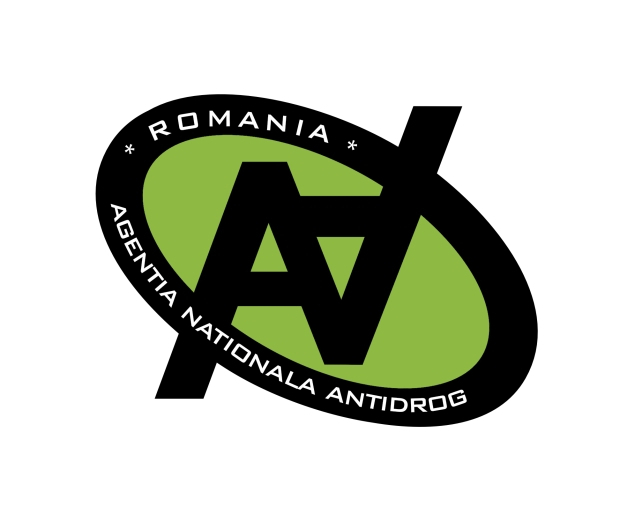Programmes aimed at preventing drug abuse
Specialists with the National Anti-drug Agency (NADA) warn that the age at which children start using drugs has dropped to 10-11 years

Corina Cristea, 08.02.2019, 14:21
In January, the
agency launched a number of prevention projects, to be implemented across the
country.
According to
statistics, as regards most of the categories of drugs, Romania is under the
European average, but an increase in consumption has been reported in all age
brackets. Data provided by the agency show that the most used are inhalants,
cannabis and drugs that have psychoactive effects.
Using drugs from
a tender age affects the development of the central nervous system, and of the
body in general, explained on Radio Romania the physician Bogdan Gheorghe, who
talked about the effects of drug abuse, including drugs manufactured in
laboratories
Bogdan Gheorghe:
The effects of drug abuse turn the
person that takes them into a zombie-like creature. It renders a state of somnolence, with
uncontrolled movements, caused by the changes brought to the so-called
ethno-botanicals. These are chemical substances produced in labs, controlled,
so dealers change their chemical structure in order to create a new substance,
that produce the effects of traditional drugs, because that was the starting
point; the idea is for them not to be identified as drugs.
Doctor Bogdan
explains that cannabis consumption can affect the user’s health and psyche as
well as their social-integration skills. Drugs can be classified into several
categories: drugs that inhibit the activity of the central nervous system, such
as heroine, stimulants, like cocaine, and drugs that are disruptive, such as
cannabis.
Cannabis, for
instance, can cause heart and respiratory diseases and can also affect the nervous
system. Also, cannabis alters the ability to drive a vehicle, as it diminishes
reflexes and hampers coordination. In order to prevent early use of drugs, the
NADA runs in kindergartens and schools information campaigns, in language
accessible to children and young adults.
They run
programs such as ‘My Anti-drug Message’, aimed at gymnasium and high school
students, ‘How to Grow Up Healthy’, for kindergarten pupils, and ‘The ABC of
Emotions’, for 1st and 2nd grade pupils, and this is just
the beginning. Diana Serban, psychologist with the agency, said, quote:
‘Teenagers have access to information, the role of the expert and of the
teacher is to be fair play towards their audience, in the sense that they
provide correct information about the short, medium, and long term effects, so
that the teenager is given the possibility to make an informed decision. We can
provide correct information, alongside programs that aim to create healthy
lifestyles, and the ability to cope with potential crisis situations that may
generate drug consumption.
This is
precisely the role of the projects we promote – to develop in every age
category coping and protection mechanisms’, unquote. We asked Diana Serban
which age category is the most at risk.
Diana Serban: From the general population study, meaning
15 to 64, we find that the most at risk bracket is that of 15-24, meaning
teenagers and young adults. Also, we have the results of a legacy study in
European member and non-member states among the 16 year-old school population
which indicates an increase in the prevalence of lifelong drug consumption,
which means experimental consumption at this stage. Through the projects that
we are already implementing, we aim, among other things, to avoid having
experimental use turn to habitual use, abuse, and addiction.
Also this year,
the NADA will develop a national project to prevent drug consumption within the
home called ‘My Child and I’, through which it wants to consolidate affective
ties within the family, as well as between the latter and school. We asked what
advantages may be provided by the family as protection against drugs. In
psychologist Diana Serban’s opinion, it is first and foremost good
communication between parents and grandparents and children, forming a safe
attachment with children up to three years of age, providing children with a
positive self-image and a value system.
Track Dina
Serban: If the parents are open minded,
and don’t believe that drug consumption is a topic that is off-limits, just as
sex, for example, often is, when this open communication exists, then the child
at some point might tell someone that he or she is in an environment where
drugs are consumed, this is an element of opening that may help the family
accompany the child when he is referred to a specialized program, to a
psychologist, or a social assistant. At the same time, it may help normalize
the situation within the family through open discussions.
According to
Diana Serban, when the parents label the children, this already generates a
risk factor that inhibits communication, and interferes with any other normal
element in a family.






























